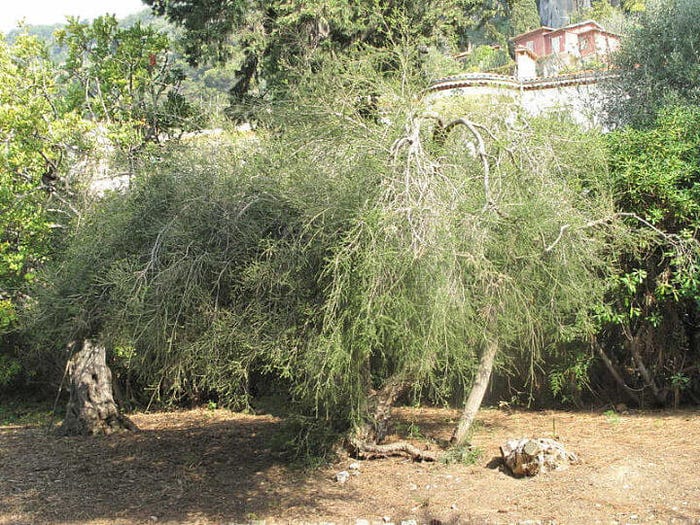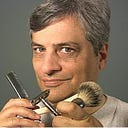What Is Tea Tree Oil And Why Is It In My Shaving Stuff? — Sharpologist

Sharpologist has previous looked at a number of “classic” ingredients, including sandalwood, bay rum, and menthol. This time let’s check out tea tree oil.
What Is Tea Tree Oil?
“Tea tree oil, also known as melaleuca oil or ti tree oil, is an essential oil with a fresh camphoraceous odor and a colour that ranges from pale yellow to nearly colourless and clear. It is derived from the leaves of the tea tree, Melaleuca alternifolia, native to Southeast Queensland and the Northeast coast of New South Wales, Australia. Although there is little evidence of efficacy, as a folk medicine it is typically used as a topical medication in low concentrations for the attempted treatments of skin conditions. Tea tree oil is claimed as useful for treating dandruff, acne, lice, herpes, insect bites, scabies, and skin fungal or bacterial infections. However, there is no good evidence to support any of these claims. Tea tree oil is neither a patented product nor an approved drug. It is poisonous if consumed by mouth, and unsafe to use on children.”
Tea tree oil’s scent has been described as acrid, camphoraceous, woody, and a medicinal smell that’s similar to eucalyptus. Personally I get more of the medicinal/eucalyptus vibe more than anything else. For me it was an “acquired taste” (err…smell) but now I think it’s kind of pleasant in a weird sort of way.
What Are The Benefits Of Tea Tree Oil?
There are many claimed benefits of tea tree oil including antibacterial, anti-inflammatory, anti-fungal, and anti viral properties. In the mass media it has been suggested that tea tree oil can treat problems including nail fungus, rosacea, acne, athlete’s foot, hemorrhoids, cold sores, and contact dermatitis.
However there haven’t been a lot of recent rigorous scientific or clinical studies. The National Institutes of Health (NIH) in the United States lists a few articles about tea tree oil, including one on its effect on reducing histamine-induced skin inflammation and another one on its microbacterial affects, but much of the touted benefits are anecdotal.
In fact, according to Wikipedia:
“A 2008 article from the American Cancer Society stated that “despite years of use, available clinical evidence does not support the effectiveness of tea tree oil for treating skin problems and infections in humans.” Other uses under preliminary research include applications for nail fungus, dandruff, acne, scabies, and athlete’s foot, but existing evidence is limited. A 2012 review of head lice treatment recommended against the use of tea tree oil on children because it could cause skin irritation or allergic reactions, and because of a lack of knowledge about safety and effectiveness.”
Tea Tree Oil In Shaving Products
(Amazon and West Coast Shaving links are affiliate.)
Tea tree oil is one of those ingredients that usually does not play a “starring” role in shaving products, more often playing a “supporting” role.
Several mainstream shaving products include tea tree oil, including Cremo “Cooling” shave cream. But you will probably see it more often in aftershave products like Van Der Hagen or Cremo or products specifically for razor bumps like Jack Black Bump Fix.
Artisan shaving products may be more likely to have tea tree oil in their ingredient mix, including Barrister And Mann, Stirling, Catie’s Bubbles, and others.
Conclusion
Tea tree oil is one of those classic grooming product ingredients with a storied past but without a ton of scientific studies. That’s changing, however, as more clinical studies are underway to back up the anecdotal evidence.
What do you think of tea tree oil? Do you think it’s beneficial to the wet shaver? Leave a comment.
Originally published at https://sharpologist.com on November 6, 2019.
